Patrick Rogan
I have always been fascinated with what inspires and motivates people and have been fortunate to make it the basis for my career. Recently, I had three separate experiences during a single day that reinforced my knowledge of what really drives people. One I heard, one I read and the third I experienced first hand.
My day started out attending a presentation at the Human Resources Leadership Forum in Arlington, VA. Dave Thornton and Michelle Engle of Evolent Health described how they have worked over the past six years to inspire and motivate a rapidly growing and changing employee base. Working with Michelle and other members of the Human Resources Leadership Team, Dave pointed out both successes and failures over the years and how they continue to experiment with new ways to find that sweet spot for what drives and motivates employees. They gave plenty of examples of how they work to understand what their employees need and what motivates them including: surveys, training, wellness, feedback, manager training, goal setting, behavioral assessments and many more. They kept stressing the importance of first understanding employee needs before launching solutions.
After the presentation while enjoying a cup of coffee I happened to read an oped in the New York Times that was co-written by the Dalai Lama. He stressed how all people have a powerful drive to feel useful and how this leads to happiness and longevity. While the focus of the article was about improving society in general, I found it also applied to the workforce. Employees from all fields have an overwhelming drive to feel useful in the workplace. Successful organizations do more than hire and align employees with needed experience, skills and knowledge. They also work to understand what drives and motivates employees so that what they accomplish at work makes them feel useful.
Later in the day while I was headed home on the subway, I was happy to find an open seat. As I sat there listening to the Indie Rock Road Trip playlist on Spotify, I noticed an elderly woman getting on the subway car and immediately gave her my seat. This was not a big deal, but I was struck how her face lit up. A few minutes later, a young man nearby gave up his seat for another elderly woman. Then it hit me. Just like me, the young man was motivated to feel useful and he acted on it by giving up his seat. I could also tell that like me, he enjoyed a small level of satisfaction by helping someone else. Did I inspire this young man to give up his seat? I’ll never know, but just the possibility gives me encouragement and made me feel useful.
How we do in our jobs is partly a function of our experience, skills and knowledge. However, roles that motivate and inspire us give us energy as we contribute in a way that makes us feel useful. Putting these together results in employees who experience fulfilling, rewarding and productive careers.




